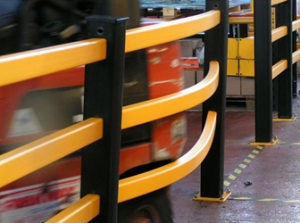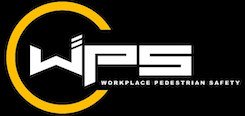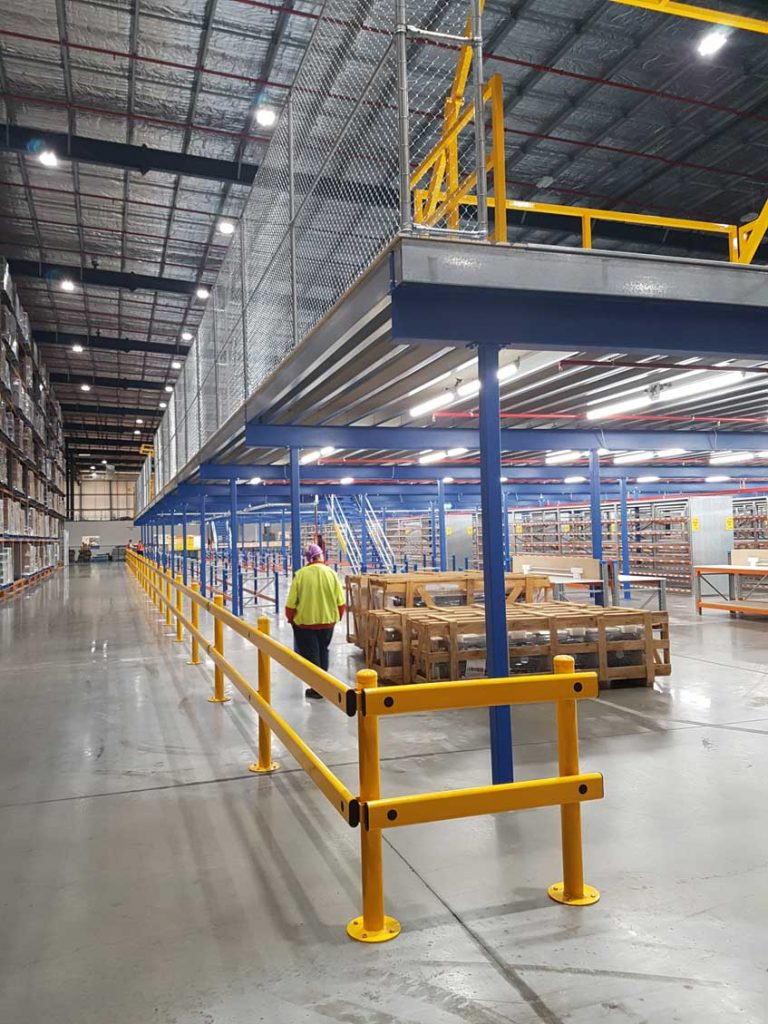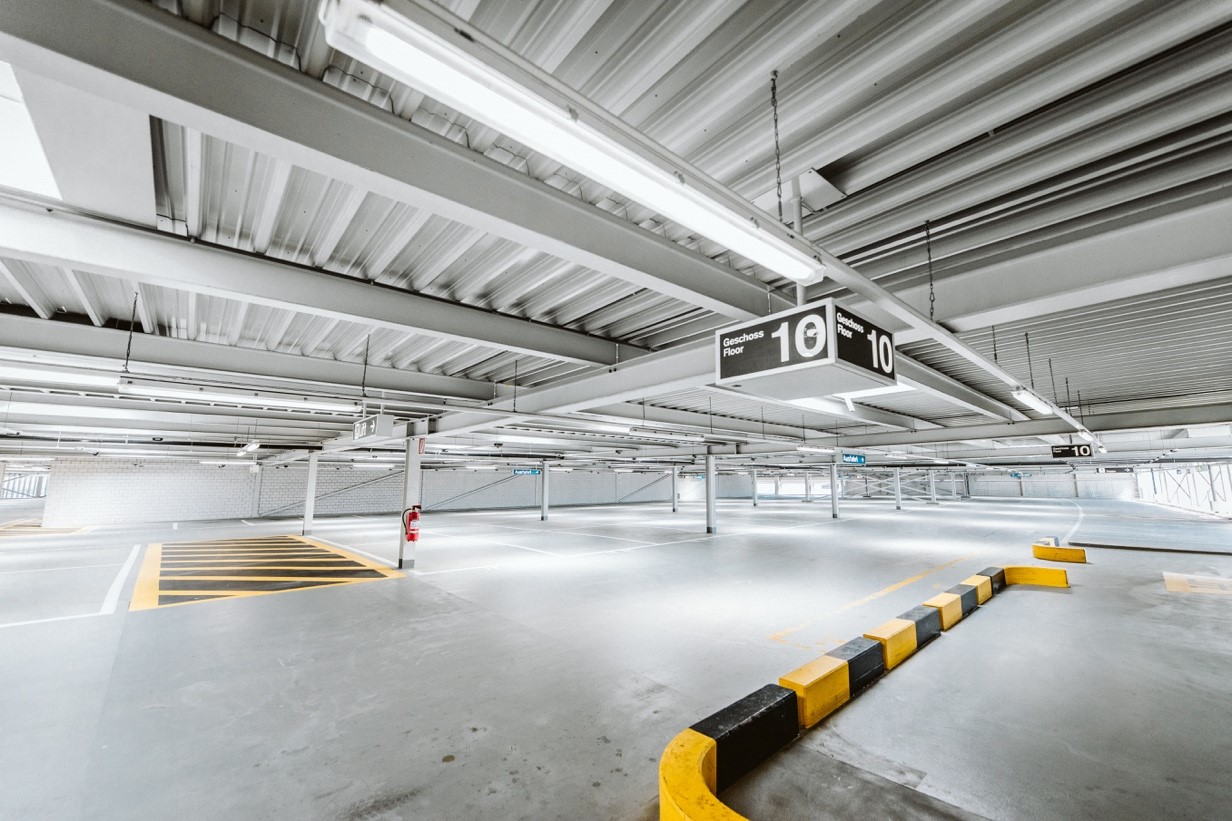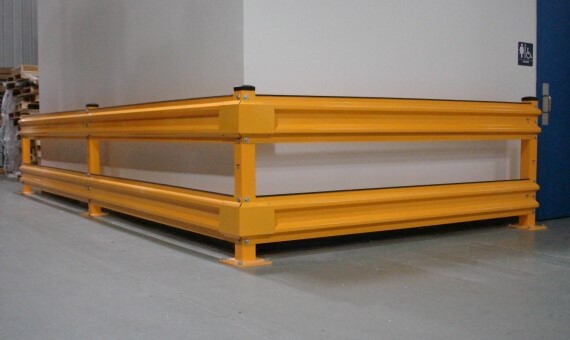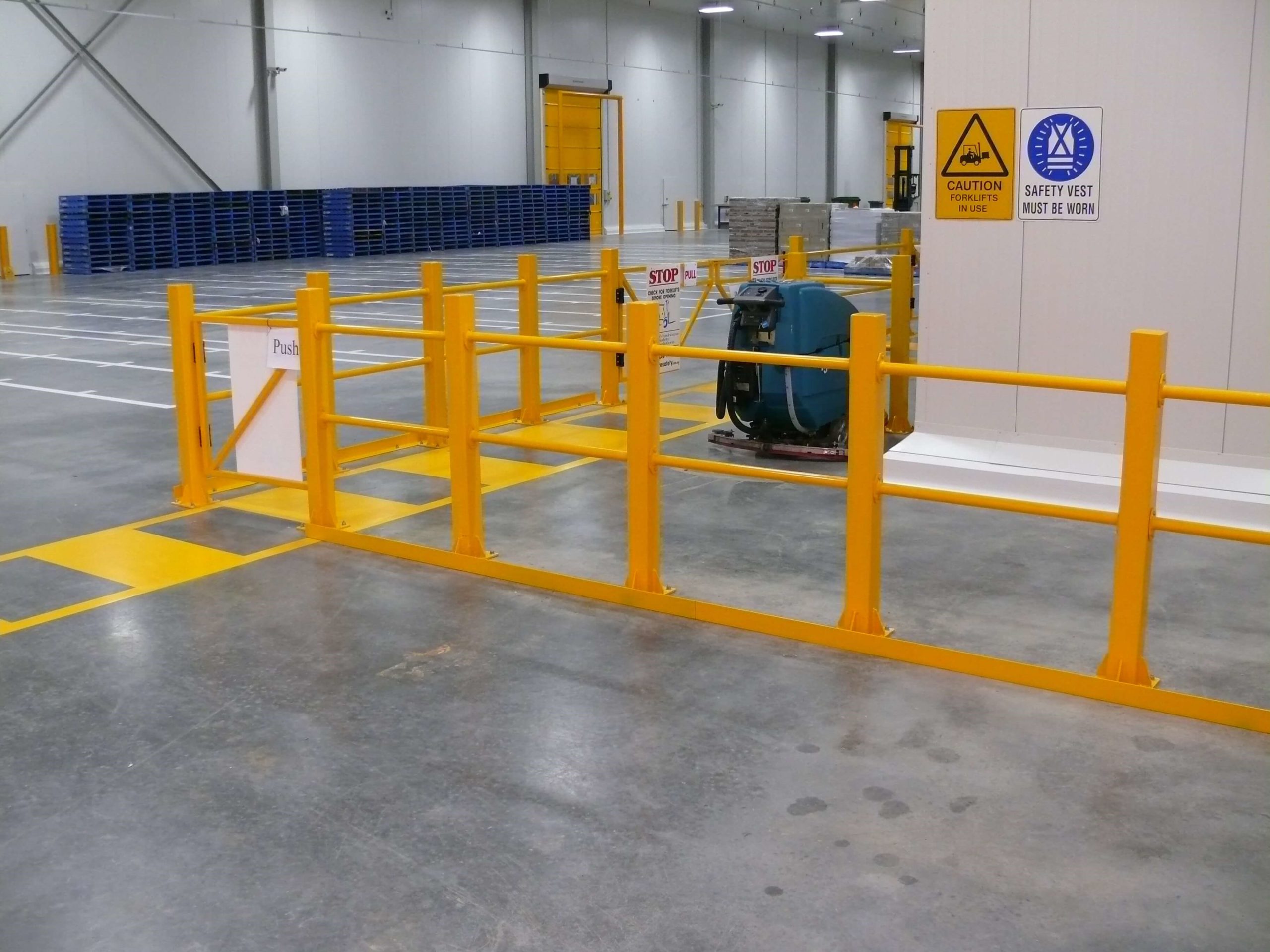Warehouse Safety Barriers are a must!
The issue of pedestrian and vehicle safety in Australia came to the forefront when a man died after accidentally reversing through a safety barrier in a hotel car park in Sydney. The hotel and the city counsel were found guilty of negligence as the perimeter railings did not comply with Australian Standard AS1170.1 and the concrete wheel stops were not properly installed. In a Melbourne warehouse, a similar incident occurred resulting in an injury – to which end they replaced their old warehouse safety barriers with a perimeter edging that exceeds Australian standards.
When designing any workspace, especially something with lots of heavy moving parts, engineers must ensure that all warehouse safety barriers can withstand vehicle impact and are placed in the strongest locations throughout the site. While policies and procedures will prevent most incident from happening, consider the following scenarios:
- A forklift driver accidentally hits the accelerator instead of the brake
- A driver puts the vehicle into reverse instead of drive
- Stationary objects are pushed by a moving vehicle
It is imperative that warehouse safety barriers are built up to and even beyond the Australian safety standards. There’s no room for negligence.
Types of Warehouse Pedestrian barriers
Barriers are either floor mounted or column mounted, each style designed to stop vehicles from crashing through a perimeter. There are also flexible and rigid pedestrian safety barriers. Flexible systems are designed to deflect impact and absorb knocks that are minor without damage to the barrier or the vehicle. Rigid barriers on the other hand, are designed to stop vehicle on impact and could result in more severe damage.
Floor mounted systems are fitted areas that are installed where columns are not present. These are most suited for ramps, split levels, elevated walkways, car parks and entrances. Spring steel systems are the industry standard – they’re flexible and can withstand high impact by buffering instead of transmitting the force to mounting bolts. Column mounted systems are ideal for warehouses that require more space as they have little to no footprint on the floor map and are mounted directly onto existing structural columns.
Building to exceed current standards
Without updates coming to the current Australian standards anytime soon, engineers and builders need to take the lead in improving safety where they can. Choosing a warehouse barrier system that exceeds current standards is most ideal. For existing structures, a car park safety and compliance audit will help identify where upgrades are needed.
Tips for Building a safer Work site
- Assess the entire facility, ensure there is adequate lighting, ventilation and visible line markers.
- Check for signs or wear and tear on any existing barriers, upgrade if needed.
- Identify any potential blind spots
- Check and review maintenance procedures. Retrain staff on the latest Australian Standard compliance requirements.
Some accidents are unavoidable, but it is possible to drastically reduce the damage from such instances with the right safety solutions. Protect your work forces and anyone who in in your workplace by making sure your space is equipped with all the necessary features to prevent injury or harm.
